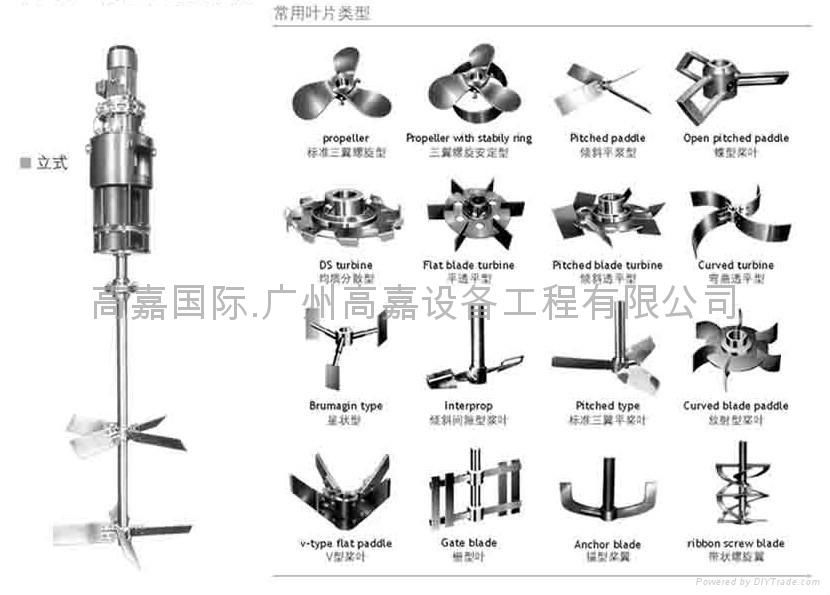
Where M = molar flow rate, dV is the incremental volume, and is the rate of reaction per unit volume. All materials hav the same residence time, τ, and experience the same temperature and concentration profiles along the reactor. When production volumes are relatively small and/or the chemistry is relatively complex, batch processing provides an important means of quality control.Ī PFR with tubular geometry has perfect radial mixing but no axial mixing. Products are removed from the reactor after the reaction has proceeded to completion.īatch processes are suitable for small-scale production (less than 1,000,000 lb/yr) and for processes where several different products or grades are to be produced in the same equipment (Douglas, 1988). Additional reagents may be added as the reaction proceeds, and changes in temperature may also be made.

The compositions change with time, but there is no flow through the process. In a batch reactor, the reagents are added together and allowed to react for a given amount of time. It is important to ensure that the equipment specified will be capable of achieving the desired yields and selectivity. Reactor design is a vital step in the overall design of a process. The center of any chemical process is the reactor, where chemical reactions are carried out to transform feeds into products. 6 Safety Considerations in Reactor Design.5 Heating and Cooling of Reacting Systems.4.3.2.2 Challenges in Microorganism Design.4.3.2.1.3 Operation Conditions, Equipment, and Scale Up.4.3.2.1.2 Product Isolation and Purification.4.3.2.1.1 Cost, Yield, and Productivity.4.3.2 Microorganism Design and Selection.2.6 Step 6: Estimate Reactor Performance.2.5 Step 5: Preliminary Sizing, Layout, and Costing of Reactor.2.4 Step 4: Determine Rate-Limiting Step and Critical Sizing Parameters.




 0 kommentar(er)
0 kommentar(er)
